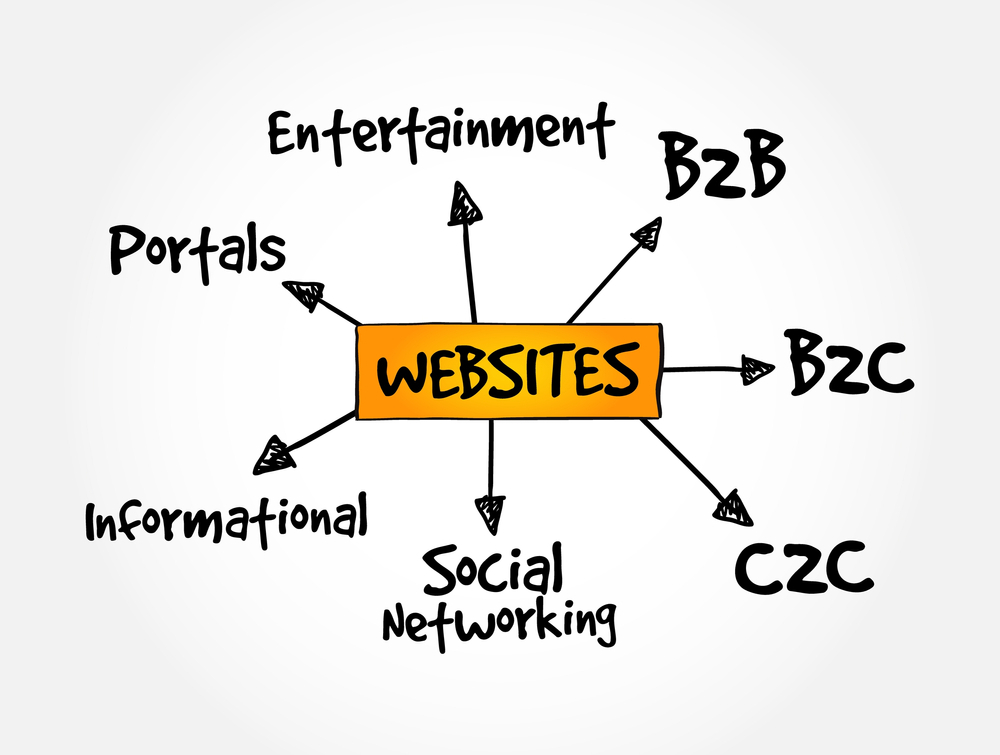
Website

A website is a bunch or collection of web pages processed under the same server and shares a similar domain name (for example, .org, .edu, .gov, .com). Anyone can make a website, for instance, any organization, individual, or corporation. To get access to a website, you need a web browser, for example, Chrome, Firefox, or Internet Explorer.
Finding a website

It’s effortless to type the website’s URL addresses to reach the website you want or search it via various search engines, such as Google or Bing.
The first-ever web site was founded or created by Tim Berners-Lee in 1990, a British physicist at CERN research project in Geneva.
Types of Website

You can find plenty of websites on the World Wide Web. The type of website varies according to its purpose. Some are aimed to sell a product or service while others provide some practical information or entirely an entertaining one.
For instance, if you love shopping online, there are a lot of online shopping websites. If you are more of a knowledge-builder person, you can find vast information over thousands of news-related websites or educational websites as per your choice. Following are the types of websites.
- Blog
- Business
- E-commerce
- News or magazine
- Social media
- TV or video streaming
- Educational
Purpose of websites

Each website has a different purpose. A personal blog web site gives a deep insight into a person’s life. In contrast, a company’s blog section provides a company depicts information on business-related services or topics. In contrast, a news channel or magazine web site enlightens you with comprehensive information regarding different issues.
Furthermore, e-commerce websites are developed for business development and to fulfill the customer’s needs. Simultaneously, social media websites are a more effective platform to connect with your friends or family or an entertaining good time spending platform.
Although each website has a unique type and purpose but is created to provide a helpful service or information. All websites share some ideas: images, descriptions of the products, services, or news they share.


